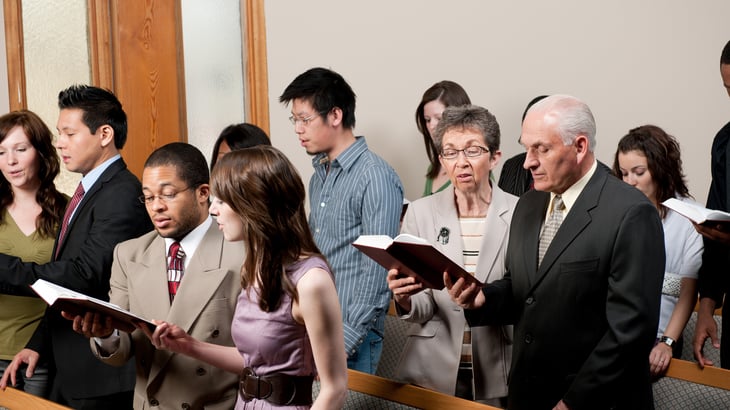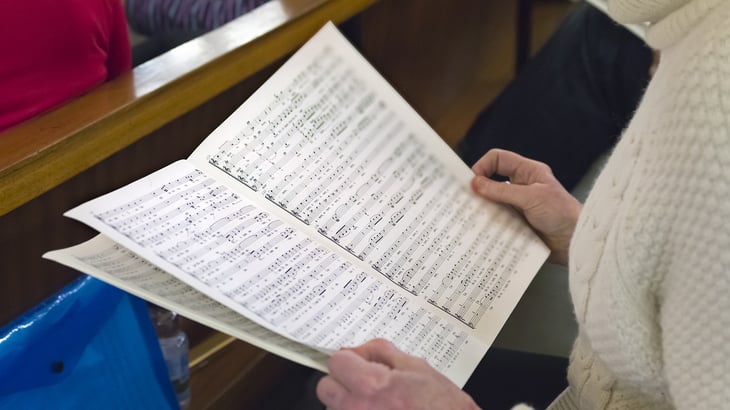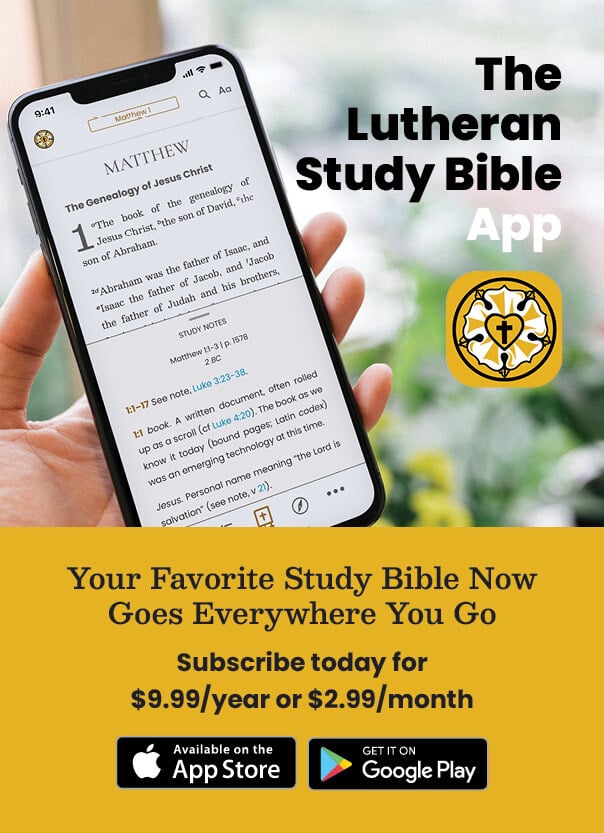Recent Posts by Concordia Publishing House
Music Evolving through the Reformation
This blog post has been adapted from an article that appears in Lutheranism 101: Third Edition. Read the first part of the article here.
The Heritage of Music during the Reformation
The Reformation was still young in 1524. Barely seven years had passed since Luther posted his Ninety-Five Theses. His German translation of the New Testament had only appeared two years before. His Small and Large Catechisms wouldn’t come for another five years.
But two important books came out that year that would shape and influence the course of music in the Lutheran church. Early 1524 saw the publication of the first Lutheran hymnal, which served as the model for subsequent Lutheran text writers. And toward the end of 1524, Johann Walter published a collection of music that would similarly influence Lutheran composers for the next five hundred years.
The Psalms in Christian Worship
The Psalter was ancient Israel’s hymnal, and it was the hymnal for Jesus and His disciples. From earliest times, Christians continued to use the psalms to give voice to their prayer and praise. The psalms have had an immense influence on Christians and their worship.
Understanding Worship: Service of the Sacrament
The Service of the Sacrament is the celebration of the Sacrament of the Altar. The Sacrament was instituted by Jesus Christ for the forgiveness of sins. It is to be celebrated by all Christians until Christ comes again on the Last Day. Read this excerpt from Worshiping with Angels and Archangels: An Introduction to the Divine Service below to learn more about this part of the Lutheran worship.
Understanding Worship: Service of the Word
Have you ever wondered why there are so many aspects of Lutheran worship? What about the style of music, the order of service, or even the weekly lectionary readings? Lutheran worship follows an ancient tradition that dates back hundreds of years. This includes the practice of incorporating the Service of the Word into regular services. Keep reading to learn more about this special part of Lutheran worship.
Themes in the Season of Lent
To mark the first day of Lent, we’re sharing an excerpt from Heaven on Earth in which Arthur Just describes the theological accents in the season of Lent.
The Reformation’s First Lutheran Hymns
This excerpt is from “The Reformation and Lutheran Confessionalism to 1620” by Christopher Boyd Brown. Read the entire essay and learn more about the Reformation and its impact on Lutheran worship in Lutheran Service Book: Companion to the Hymns.
Reflection on 'There is a Balm in Gilead'
The past several months in this country have made many weary, worn out, and tired. From fighting a pandemic to fighting racial injustice, there have been difficulties in neighborhoods from coast to coast. During these times of struggle and injustice, the meaningful message of hymns continues to provide comfort and point people to Christ.
In today's post, read Dr. Joseph Herl's commentary on one well-known African American Spiritual hymn, “There is a Balm in Gilead” (LSB 749), from Lutheran Service Book: Companion to the Hymns.
The Women of Lutheran Service Book You Might Not Know About
Men have had an incredible impact on shaping Lutheran hymnody as it’s known today. From Paul Gerhardt to Dr. Carl Schalk, male hymnwriters have truly given Lutheranism foundational music that speaks volumes. But did you know that many female hymnwriters, hymn translators, and composers have also contributed to the creation of many Lutheran hymns? Read biographies below from Lutheran Service Book: Companion to the Hymns to learn about some of the wonderful women who helped bring Lutheran hymnody together for Christians everywhere to enjoy today.
The Church’s Song: Proclamation, Pedagogy, and Praise
To celebrate the release of Lutheran Service Book: Companion to the Hymns, here is an excerpt from Carl Schalk’s essay in Volume 2:




















